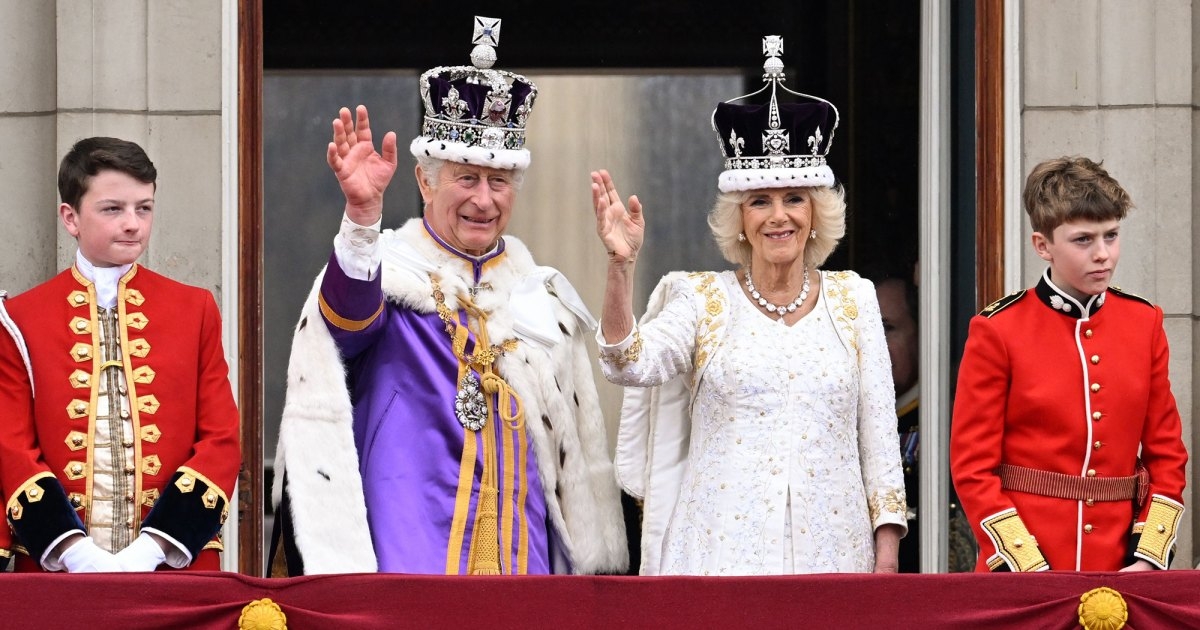Saturday marked a historic moment for the British monarchy, with King Charles III’s coronation taking place in London. However, U.S. viewing figures suggest that the pomp and pageantry failed to captivate American audiences in the same way previous royal events have done. The event, which saw an average of 10.3 million Americans tuning in, underscores a shifting public interest in the monarchy, particularly among younger demographics.
According to Nielsen, a media data company, the coronation broadcast attracted around 1 million fewer viewers than Queen Elizabeth II’s funeral in September last year. Even more striking is the drop in viewership compared to the 2018 royal wedding of Prince Harry and Meghan Markle, which pulled in an impressive 29 million viewers.
The figures for King Charles III’s coronation reveal a notable age disparity among viewers. The 18-34 age group accounted for a mere 360,000 viewers, while 1.6 million were in the 35-54 age bracket. The vast majority of viewers—over 8 million—were aged 55 or older. This trend suggests that the younger demographic is losing interest in the British monarchy, echoing recent polling data from the UK that indicates a similar shift among younger Brits.

Across the Atlantic, the British TV audience reached its peak of 20.4 million viewers at the moment when King Charles III received his crown. This figure, provided by the UK Broadcasters’ Audience Research Board (Barb), fell 9 million short of the peak viewership for Queen Elizabeth II’s funeral. The BBC’s audience for the coronation also suffered a significant decrease of about 5 million from the 20 million that watched the funeral on the public broadcaster’s main channel, BBC One, last September.
The drop in viewership is particularly striking when compared to the coronation of Queen Elizabeth II in 1953, which drew more than 20 million viewers and was described by the BBC as the first mass television event in the UK. For the first time, cameras were installed in Westminster Abbey to cover the coronation, marking a significant moment in the history of televised events.
The declining interest in the British monarchy, as evidenced by these viewing figures, raises several questions. It may reflect the changing dynamics of media consumption, with younger demographics increasingly turning to streaming services and social media for news and entertainment, thus bypassing traditional broadcast events. It might also suggest a broader shift in public sentiment towards the monarchy, both in the UK and abroad, in the wake of recent controversies and changing societal values.
Indeed, the monarchy’s decreased appeal to younger audiences could be indicative of a broader generational shift in attitudes towards traditional institutions and the concept of inherited privilege. In an era marked by social and economic disparities, the pomp and ceremony of a royal coronation may seem increasingly out of step with the realities of everyday life for many viewers.
As the British monarchy navigates its future under a new king, these trends underscore the challenges it faces in maintaining relevance and engaging public interest in a rapidly changing world.
©world-news.biz
